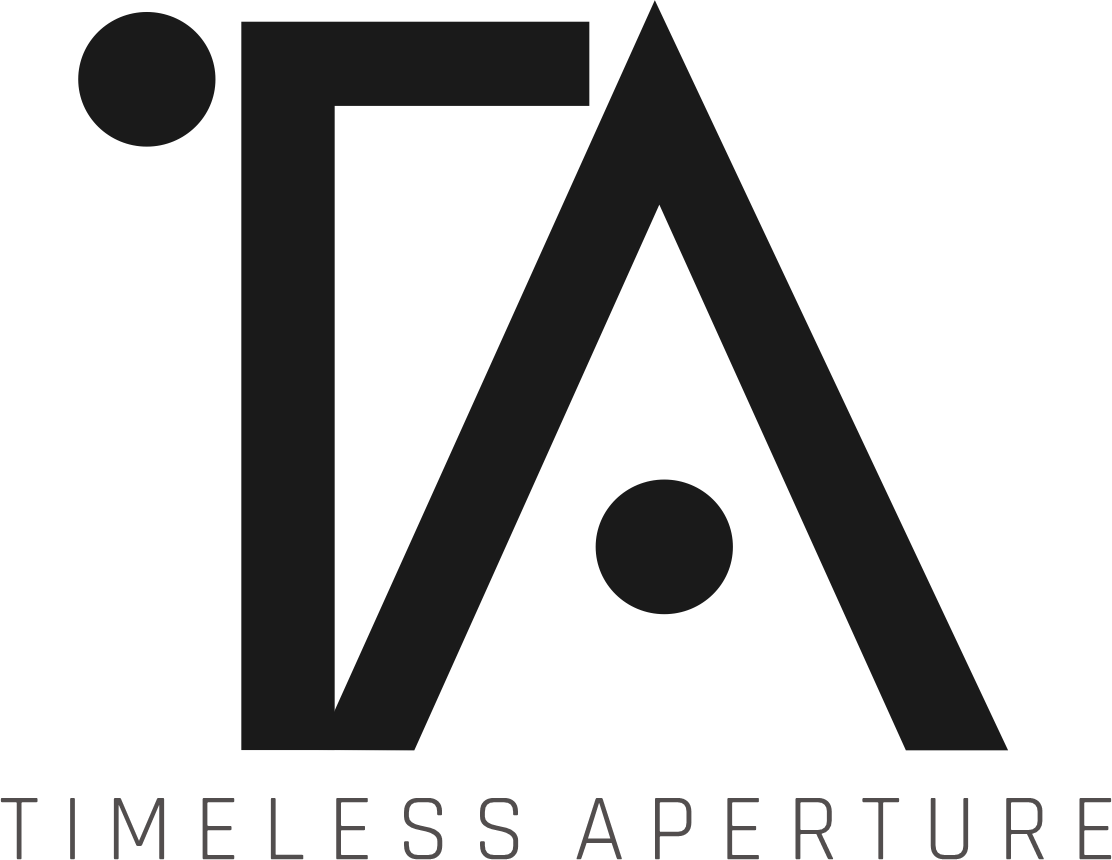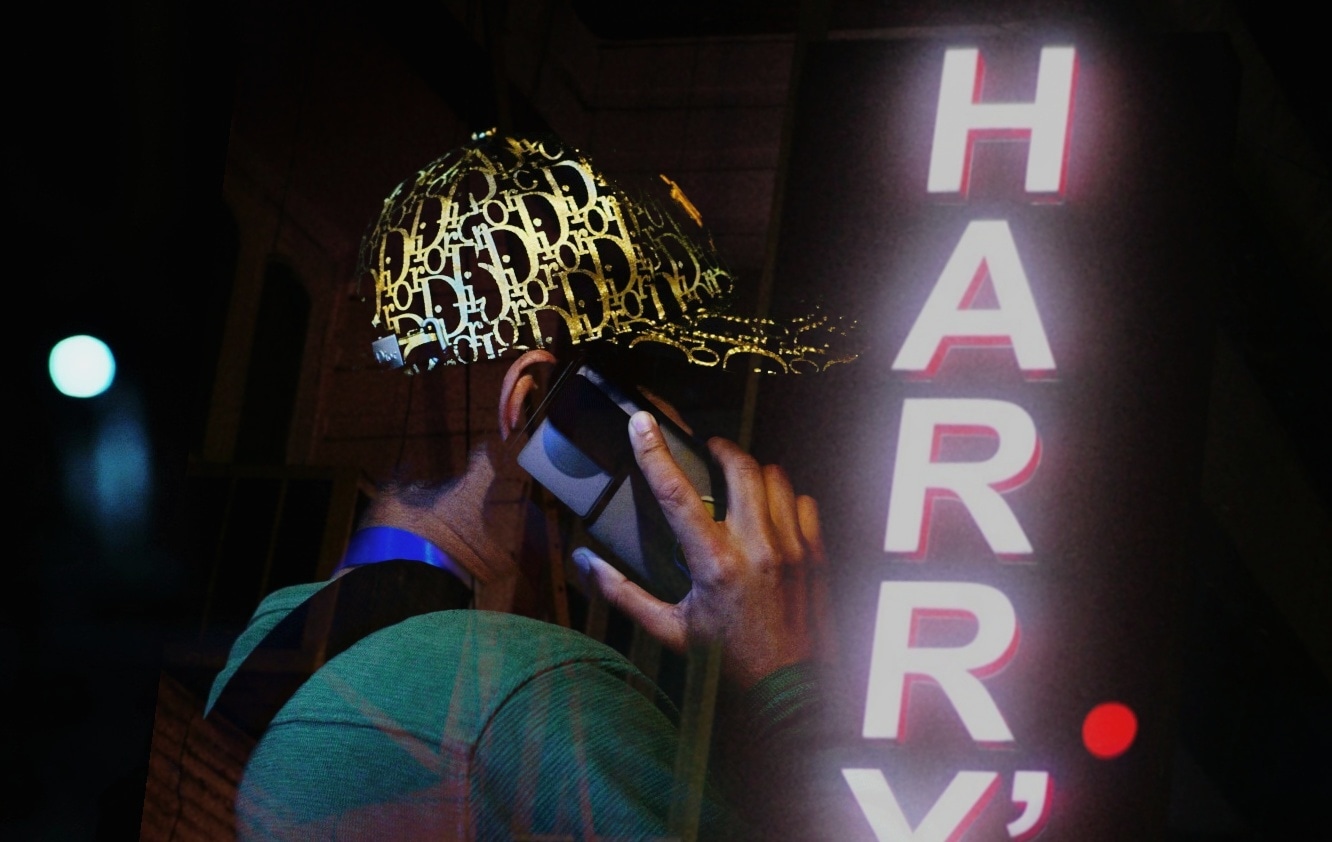In a world dominated by scrolling and swiping, attention spans are shrinking at an alarming rate. Studies suggest that the average human attention span has dropped to just 8.25 seconds, shorter than that of a goldfish. Much of this can be attributed to the rise of social media platforms, where content is designed to capture—and quickly replace—our fleeting focus. While this trend impacts many forms of art and communication, its repercussions are particularly stark in the realm of still photography.
Social media thrives on instant gratification. Platforms like Instagram, Facebook, and TikTok encourage users to consume visual content rapidly, often within a matter of seconds. In this fast-paced environment, the intricate artistry of still photography—rooted in contemplation and depth—struggles to find a foothold.
A single photograph, traditionally a medium that invites introspection, now competes against endless reels, memes, and videos. Instead of pausing to engage with a photograph’s details, viewers are more likely to double-tap and scroll past. The artistry of framing, the emotion captured in a subject’s expression, or the nuanced interplay of light and shadow—all hallmarks of quality still photography—are frequently overlooked.
“The best thing about a picture is that it never changes, even when the people in it do.”
The constant barrage of images on social media has led to a phenomenon called “visual fatigue.” Users scroll through hundreds of images daily, leaving little room for any single photograph to leave a lasting impression. This overload has desensitized viewers, making it harder for even the most striking visuals to hold their attention.
For example, iconic images from history, such as Dorothea Lange’s Migrant Mother or Steve McCurry’s Afghan Girl, gained their power because they demanded attention and were shared thoughtfully in impactful contexts. Today, even similarly evocative images are often drowned in a sea of selfies and filtered snapshots.
The shortening of attention spans doesn’t just affect viewers—it reshapes the way photographers approach their craft. Many find themselves catering to the demands of social media, opting for trendy aesthetics or “Instagrammable” compositions over genuine storytelling. This shift compromises the depth and authenticity of their work.
“The benefit of seeing can come only if you pause a while, extricate yourself from the
maddening mob of quick impressions ceaselessly battering our lives, and look thoughtfully at
a quiet image.”
– Dorothea Lange
Photographers who focus on cultural or documentary projects face an uphill battle. Their images often demand reflection and context, which are rarely afforded in the digital scroll culture. This marginalizes still photography as a medium and threatens its relevance in a world increasingly enamored with short-form video content.
In the end, still photography feels like a quiet beacon in a storm of fleeting moments. Social media rushes forward, a ceaseless tide of likes and swipes, while the photograph remains—a pause, a breath, a reminder of something enduring. Though attention spans shrink and the world scrolls on, the power of a single, meaningful image persists, waiting for those willing to stop and truly look. Perhaps, in those still moments, we can reclaim not only our focus but also the stories that deserve to linger a little longer in our minds and hearts.




